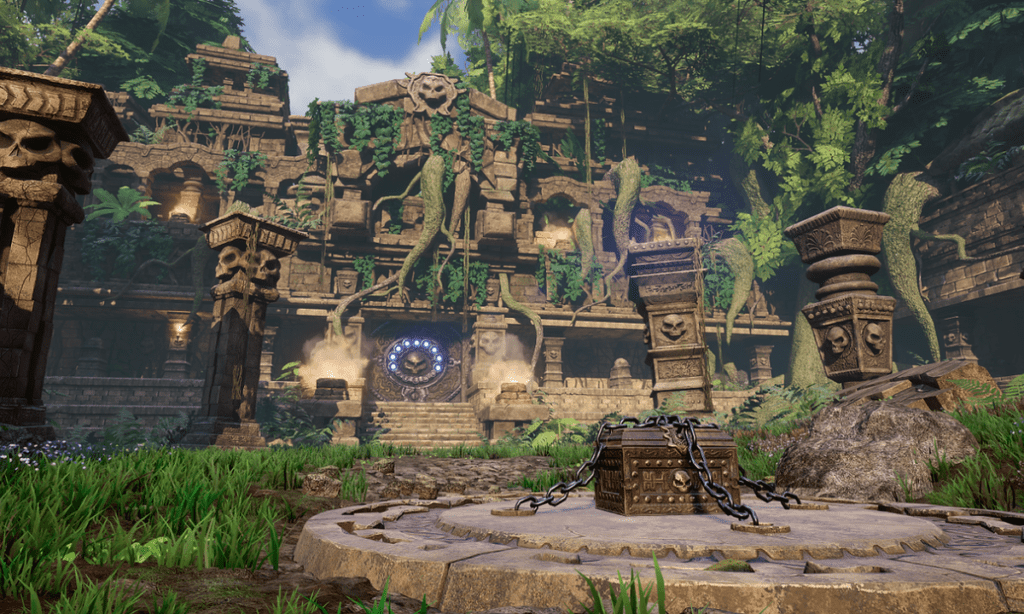- 9 Lives Arena Review: Building Your Legacy With A 24/7 Companion - January 22, 2023
- Star Atlas Game Overview - December 11, 2022
- Heroes Unchained Game Overview - November 13, 2022
As a gamer, one of the best feelings in the world is beating an enemy in a 1-on-1. Games like League and Overwatch provide this feeling to an extent, but the vast majority of the game is dependent on how your teammates perform.
Games like Hearthstone can get expensive for free-to-play players, and Starcraft 2 may not even have a competitive scene in a couple of years.
I’ve had the luxury of playing these games for the majority of my life. I’ve tried games from all genres, like Call of Duty, The Sim 3, Red Dead Redemption, Worms Armageddon, and even Chess (I have a 1400 rating on Chess.com, which isnt’ great – but not bad either). I love games that give players good power scaling, a sense of accomplishment, and an even better community.
Myself and the rest of the gaming community are just itching for a great, competitive 1v1 game – where the difference between a win or a loss rests entirely on your abilities.
Chess no longer cuts it; let’s talk about 9 Lives Arena.
Bottom Line Up Front
9Lives Arena is a new 1v1 PvP RPG game from TouchHour built on the Enjin ecosystem. While still in closed Alpha, 9Lives Arena has gained a lot of attention. What makes the game stand out from many counterparts are the Oogies, 24/7 companions that you can assign to perform tasks and gather resources on your behalf. I’ve played a fair share of Pokemon to know that having a virtual pet is an awesome feature for any game.
The lackluster visual and auditory gaming experience could hopefully be improved later on, but as someone who’s been spoiled by games like Skyrim (which came out ten years ago) and Fall Out, I have pretty high standards for what makes a good audio-visual gaming experience.
Still, if you’re looking to get into the game, it’s best to get in early, given the limited availability of item blueprints for sale.
What is 9 Lives Arena

If you’re a fan of games like Tekken, For Honor, and Warcraft, then you’ll love 9 Lives Arena. 9 Lives Arena is a 1v1 fantasy RPG game that attempts to marry the competitive nature of eSports with the farming mechanics of games like World of Warcraft.
As the name suggests, each character has a total of 9 lives. Upon entering the arena, you put your fame and resources on the line as you fight tooth and nail to build your legend – else you lose a battle and so, with it, a life.
Upon losing your ninth battle in competitive mode, your warrior dies forever and is immortalized as a statue recording their stats. The process repeats as the player presses onward with a new hero to surpass the recently defeated champion.
The concept of the game is surprisingly simple. Yet, it is precisely the unique, dopamine-inducing consistency of the game that attracts throngs of players around the globe – especially given its planned cross-platform availability for PC, Xbox, and Playstation.
Behind the game, we have Touchhour, an Ontario-based game developer that’s specifically been brought together to develop and build this game. Headed by Ralph Laemmche and Cindy Gomez, TouchHour looks to make games for competitive gamers.
Having successfully launched their closed Alpha, interested players could get started on 9lives Arena by purchasing a Founder Pack through their online store. Once access has been purchased, you will receive an email with instructions on downloading the game.
Key Features
9Lives Arena introduces some exciting concepts to the Blockchain RPG world. While many of these “key features” may sound familiar in other games’ roadmaps, it’s important to remember that 9Lives Arena has been in the works since 2015 and is set to launch open Alpha by January of 2023, beating out many similarly-featured games set to launch mid-2024-2025.
Audio and Visuals
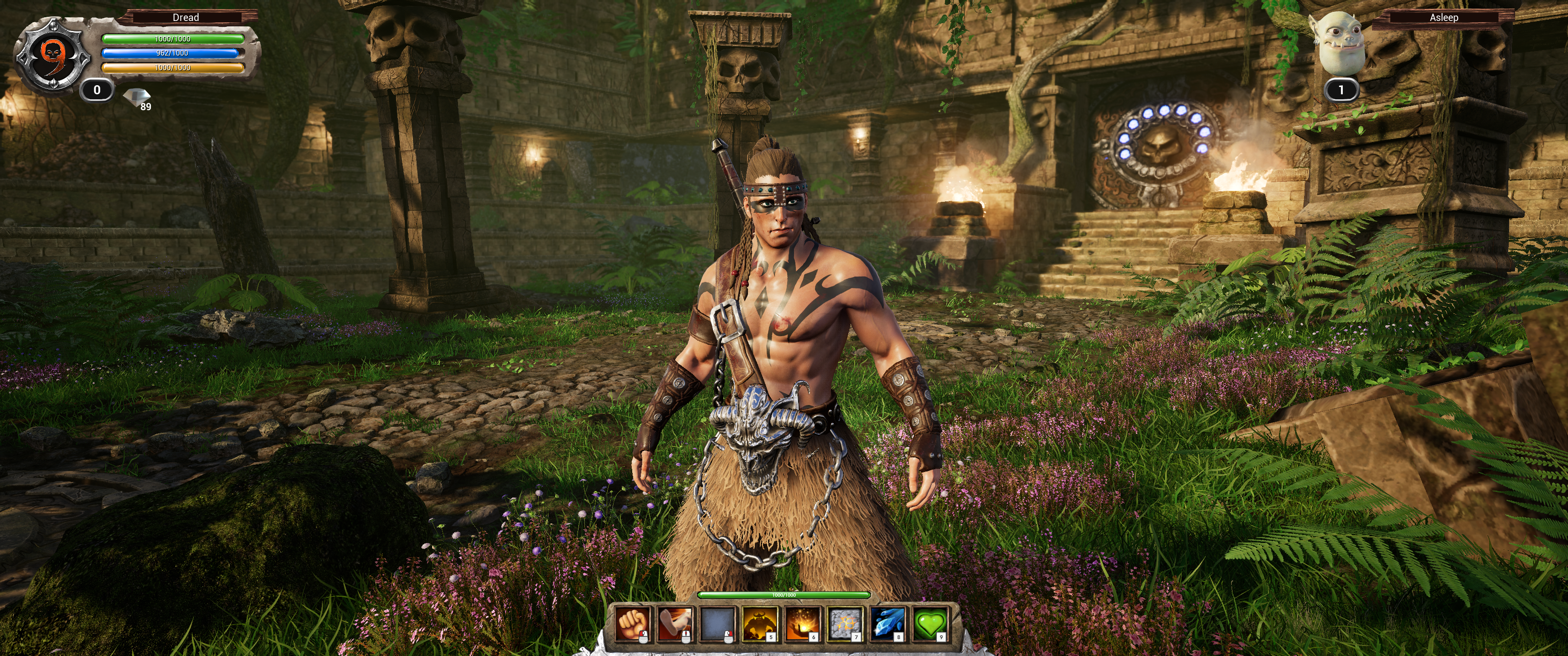
The one thing that could be consistently judged and compared amongst all games is its audio and visual design. To be quite frank, the audio and graphic designs of the game are pretty great.
While the crafting menus leave something to be desired, the game’s environments remind me of earlier renditions of something similar to those of Elden Ring or Skyrim. The abilities menu at the bottom of the screen isn’t the most aesthetic, but hopefully, they can update this once the Open Alpha comes out. The environments are on par with many of today’s Open World gaming experiences, while the menu at the bottom looks a lot like World of Warcraft’s, it’s an interesting design choice that doesn’t really make sense but also doesn’t take away from the gameplay itself.
There’s nothing special to talk about in terms of audio. I’m a personal fan of game developers giving their characters iconic lines that fans can yell out to other fans in ComicCons. Spellcasting doesn’t have any iconic lines in the same way Skyrim did. You’ll know what I mean if you remember playing a dragon born screaming, “Fus Ro Dah!”.
Permadeath

Permadeath is not a new mechanic. We have games like XCOM: Enemy Unknown, Wasteland 2, and DayZ are all notorious for the level of lethality they’ve introduced to the gaming world.
In 9lives Arena, however, death is dealt with a little differently. Each defeat in the Inferno Arena means you’ve lost a life, of which you have nine. If or when your character finally loses its ninth and final battle, it will turn into a statue with all its statistics.
This is an exciting way to introduce permadeath without making everything “too” high stakes. 9 lives, in my opinion, is more than a generous amount of stamina to learn about your character’s playstyle and how to beat different builds.
Once you get to the last couple of lives, the pressure ups the ante. At this point, you should deeply understand how your character works – though this may not be true for your first 1 to 2 builds. Take this time to get used to the Inferno Arena and build up your experience with your character because even if you had to grind your way through 30 levels to get to where you are, everyone else had to do the same thing. I think that, in this sense, grinding to level 30 doesn’t provide a unique skill development or experience advantage.
As someone who’s played many competitive games, I was never afraid of people with high-level accounts. I was more afraid of “one tricks” and “insta-lock” players who know their characters’ limits like the back of their hands – because hours played on the game doesn’t always equal experience or skill.
As with all games, the only way to win long-term is to find advantages where it matters: the Inferno Arena.
No Fixed Classes
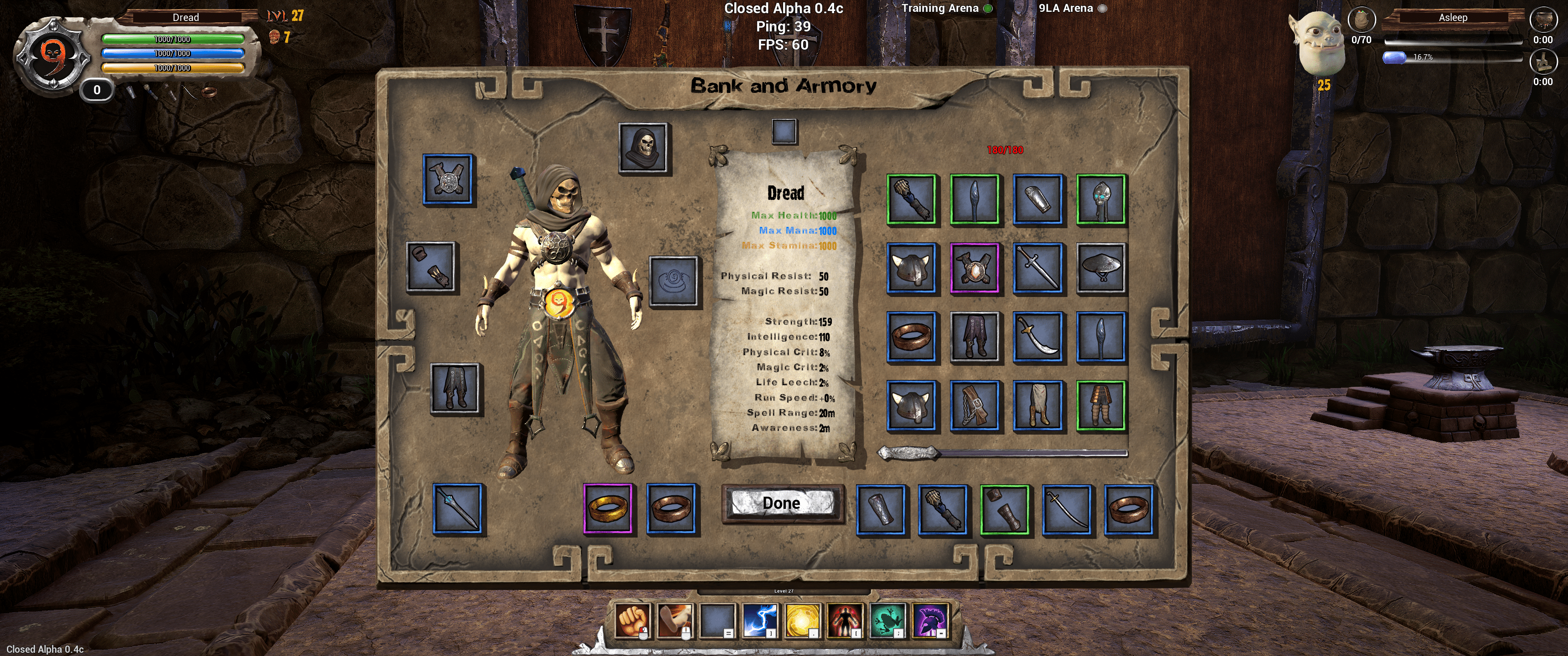
There’s no such thing as fixed classes in 9Lives Arena; you can build a character in whatever way you want – each with different spell slots, weapon arts, and spirit animals. The usual Archetypes of Warriors, Rogues, and Mages will make the majority of player-created hybrids.
For security purposes, heroes will come as next-generation ERC-1155 tokens stored on each player’s blockchain.
While having no fixed classes theoretically sounds like an exciting concept, I’m sure that you’ll find the usual builds and archetypes that one will find in other RPGs. Looking at the available attributes for character building, it’s clear that the development team expects the players to choose one archetype or another.
Take, for example, a Bruiser built with a Tiger spirit animal, a two-handed sword, and the spells: charge, earthquake, cleanse, etc. This is personally the build I normally go for in these types of games because they provide the most “immersive” experience in hand-to-hand combat and give you a deep experience of the gameplay. I learned this trick when Skyrim released the official guide to the game and recommended a two-handed wielding Njord to get the full RPG experience.
They were right.
This isn’t necessarily a build recommended by 9Lives, but it’s clear that it’s one of the builds they expect their players to build based on the given abilities and spirit animals.
If anything, it would have been better if 9Lives did something similar to League of Legends, where skill trees provide distinct advantages and interesting interactions amongst gained abilities.
Offline Resource Gatherer
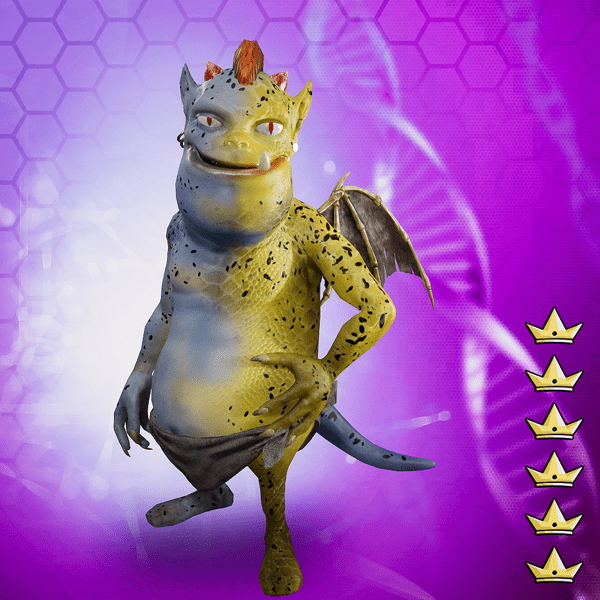
9Lives Arena has introduced the Oogies as the world’s first cross-platform companion for online and offline resource gathering. In a world where video game pets and companions typically provide purely aesthetic value with some practicality (Think of companions in Skyrim who can fight for you and bring your stuff), the Oogie offers much more utility to help scale your character even while you’re offline. You could assign Oogie tasks and send him to gather resources for you while you offline; make sure he has enough food to last when you’re gone!
Oogies include a real-time aspect to the game that makes it feel much more immersive than it would have been without an offline companion. Their stats for Luck, Immune System, and Anger issues mean each Oogy has an exciting personality with a balancing mechanism that inhibits power scaling.
I find this feature amazing especially if you’re someone coming from a Pokemon background. It’s cool to have a pet that levels up with you and gives you that extra feeling of responsibility you wouldn’t have otherwise. It’s an extra hook into the game that I think many people will use a reason to constantly log-in.
Blueprints
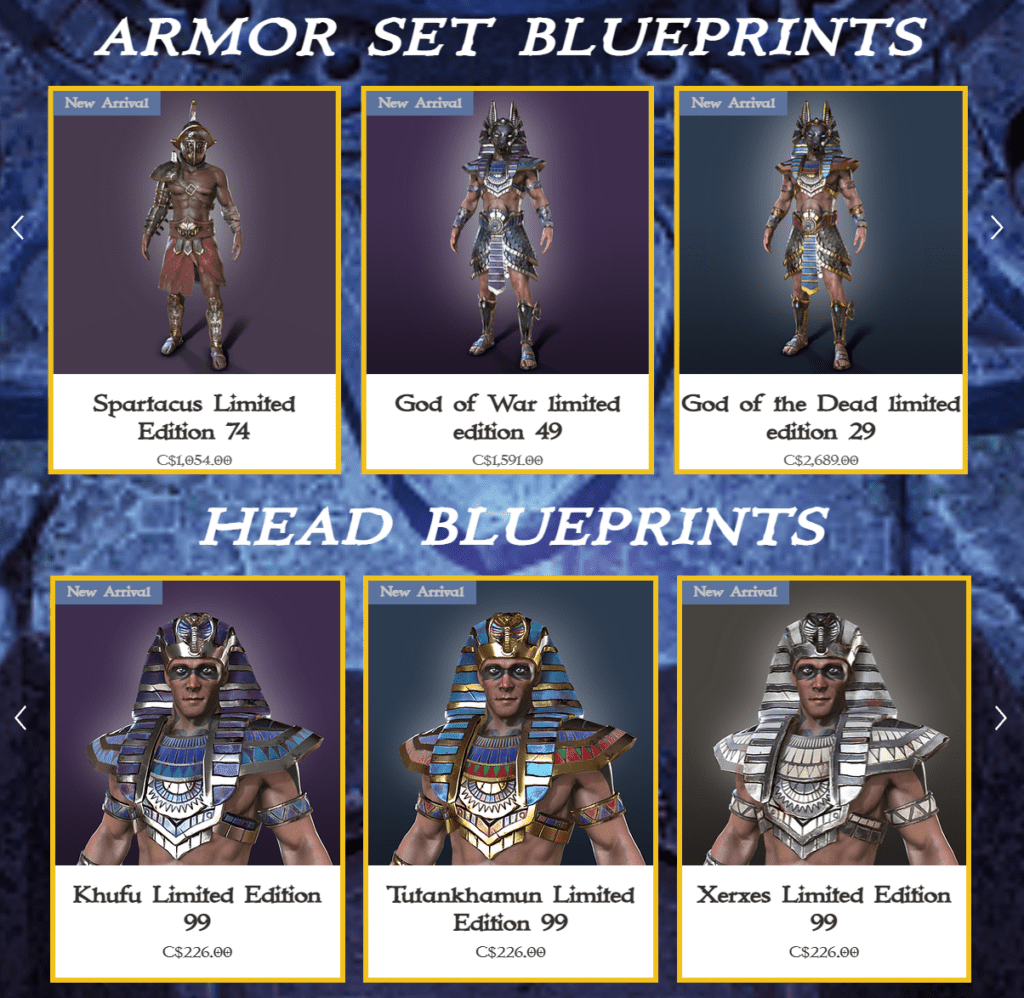
Blueprints are crafting recipes that allow players to craft items based on the schematics and resource requirements provided. This will enable players to become “manufacturers” in 9Lives Arena and creates an economic system for players to work out of and work from. Simply put, if a player manages to obtain a rare blueprint, they’ll become one of the only users capable of constructing that item.
Blueprints only determine the appearance of the item in question. For example, multiple versions of the same Black Samurai armor create a different aesthetic while providing the same statistical advantages as other Black Samurai sets. Owning a blueprint does not mean you can change the statistics.
With only a limited number of these blueprints being sold, being a “recipe owner” will become an increasingly coveted and profitable role. Games from Riot, Valve, and Blizzard have proven that when players enjoy a game, they will be happy to enjoy spending on purely cosmetic items that don’t provide a statistical advantage.
Should You Play The Game?
| Pros | Cons |
| Enjin-supported | Not Free To Play |
| Skill-based combat | No roadmap |
| Community Support |
The pros and cons table above showcases the points of my review on 9Lives Arena.
All assets in 9Lives Arena are backed by Enjin Coin, which does two things for 9Lives Arena:
1.) Provides community support
Enjin is one of the top 100 cryptocurrencies by market value. As part of the community, 9Lives Arena receives instant popularity points and immediate visibility to the over 20 million users of the social gaming website platform.
2.) Easier Blockchain integration
Enjin provides SDKs for various functionalities like minting, gaming, trading, melting, and payment integration. Enjin has its native wallet where players can store and trade items to connect across multiple games.
From a gaming perspective, 9Lives Arena has Dark Souls reminiscent, skill-based combat mechanics in the Inferno Arena alongside a virtual farming experience with the Oogy. The different aspects of the game provide something for gamers of all genres.
From an organizational perspective, you should know that 9Lives Arena is not Free To Play. Alpha Access Tickets are no longer available on the 9Lives Shop, and Full Release access costs CAD40. The Founder’s Pack provides Full Release access at a price, so the game likely won’t be free to play upon release. Will this affect the game’s player base later on? That’s a very likely outcome.
The blueprints and armor set themselves are also very expensive. For example, the weapon blueprint for a Molten Core blade costs about CAD$2,999. The steep prices may be a contentious point for new players.
On top of this, the lack of a roadmap is a little concerning for new players looking to get into the game. Typically, a blockchain project provides a roadmap before they set out to sell any collectibles as it allows for a point of reference for investors and buyers on when they could have a return on their investment.
Despite other popular blockchain games, like Gods Unchained, not releasing a roadmap, I would argue that their development team has done a great job keeping their audience and community updated. 9Lives? Less so.
Whereas other projects are determined to provide constant project updates almost daily, 9Lives Arena doesn’t seem to have the same sense of urgency, posting on Twitter once or twice a week and Medium articles once or twice A YEAR.
While it may not be unusual to find top projects without updates, the lack of urgency in keeping their audience updated, in my opinion, should be something investors stay wary of.
How Do You Earn With 9 Lives Arena
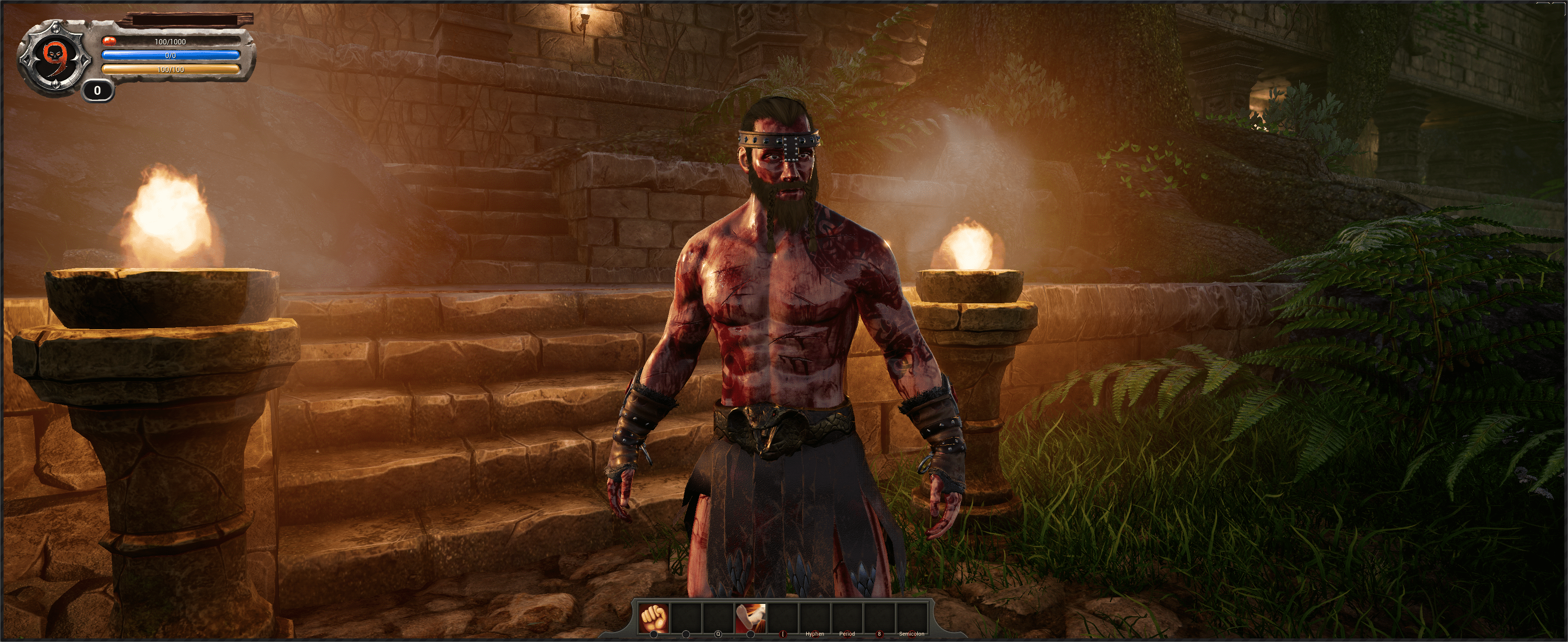
This is the question that EVERYONE wants to know the answer to “How do you earn with 9Lives Arena?”
The answer is simple: NFTs.
Earning with 9Lives Arena involves crafting and selling the right NFT sets and blueprints. Armor sets and weapons are the equivalent of powerups in other games that provide extra statistics and bonuses for their holders. Blueprints, on the other hand, generate cosmetic differences for different armor sets and weapons to generate aesthetic exclusivity for its holders – or maybe some confidence-induced skill boost? Any FPS or 1v1 player will tell you that skins make you play better.
Earning money with blueprints or reselling armor is a matter of proper resource and time management with your Oogy. So long as they’re given the right food and a task to work on, you’ll find the resources you need to craft once you’ve returned online.
To purchase blueprints, head over to the 9Lives Arena Founders store to purchase limited-edition blueprints for in-game items that include weapons, armor, shields, and headpieces.
The items’ value will be determined primarily by the number of players in the game after launch. The 9Lives team aims to reach 1 million players on Steam within a year after launch. These estimates will only inflate as they add console support for PlayStation and Xbox. As a PC player myself, I’m really only interested on the Steam number – but I digress.
Skins have become one of the most lucrative industries in the digital market. With players spending anywhere from $10 to $2,000 for gaming cosmetics, the online gaming skins industry has flourished to become a $50bn dollar industry, with in-game cosmetics leading the way as the income-generating standard for many game developers.
The success of their in-game sales will depend heavily on community support and the size of their player base. Each blueprint has a limited number of copies available on the ether. If, for example, there are 1,000,000 people in-game while only 100 copies of the same blueprint exist on the market, a measly 0.11% of the entire population will have access to the blueprint – making ownership rights highly coveted given the large consumer market.
As a content creator and digital native, I grasp what makes a digital product good and marketable. While skins don’t give advantages to their owners, they give something much more important: uniqueness.
For many gamers, these projects are a big part of their lives; after spending countless hours in the game, spending an extra dollar for an awesome skin that changes the gameplay’s feel is a welcome purchase.
Alternatives
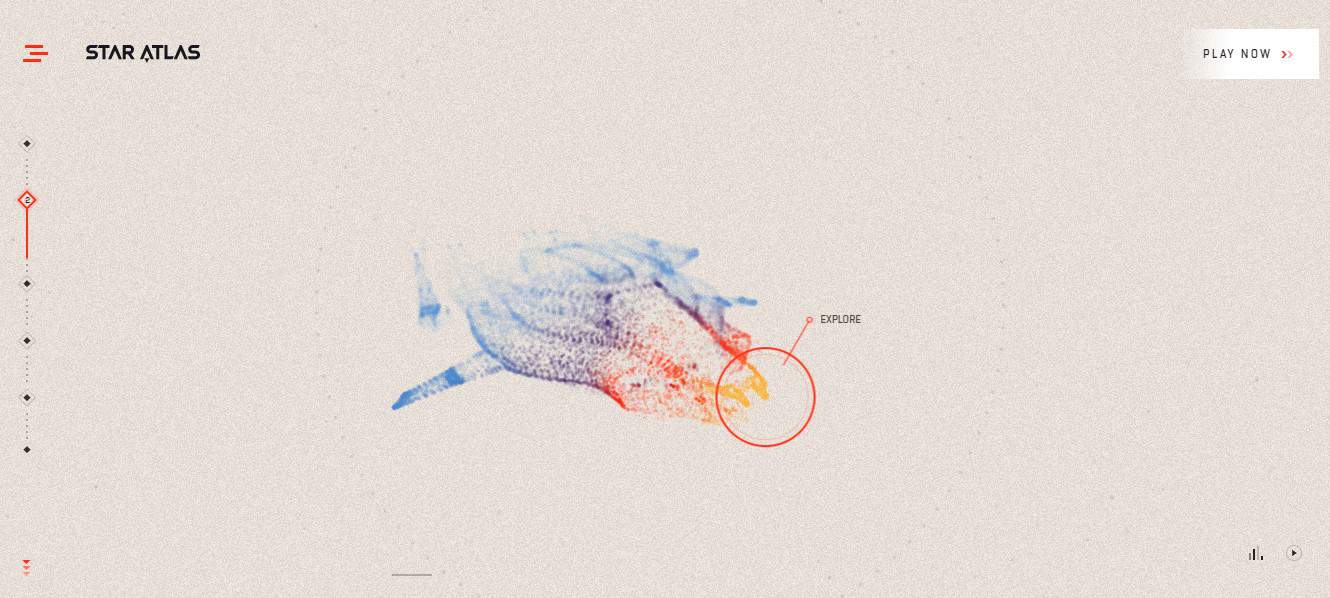
That said, here are some alternatives for 9Lives Arena that you may find interesting:
- Star Atlas
- Gods Unchained
- Ember Sword
- Six Dragons
Each of these games provides different gaming experiences that you may or may not like depending on personal preferences. Check out our game reviews on the website to get a better sense of what they’re all about.
The Verdict: 6/10
9Lives Arena is a great game for a first-time blockchain gamer looking to grasp the Enjin ecosystem and the games it may offer. The game offers unique features and mechanics, though it may be slightly overshadowed by the less-than-aesthetic character/environment designs and audio.
The game continues to gain traction and should be a solid investment considering that it’s within the Enjin ecosystem. The skin’s prices might make playing the game a profitable experience. Still, the fact that the game isn’t free to play might be a worrying factor for potential in-game sellers, though it could also mean that the players who do play are more serious and invested in the game.
I’m looking to try out the game when it goes public because, as it stands right now, all keys for the closed and open have been sold out.
Looking for more interesting readings? Check out:

